Ancient coral reefs, preserved as fossils for millions of years, serve as remarkable natural archives of Earth’s climate history. Like tree rings or ice cores, these marine structures contain chemical signatures and physical characteristics that provide scientists with detailed insights into past environmental conditions. As climate change increasingly affects our modern world, these fossilized reefs have become invaluable resources for understanding how Earth’s climate has fluctuated throughout geological time and how marine ecosystems responded to these changes. By studying these ancient reef systems, researchers can better predict how contemporary coral communities might react to current and future climate shifts, offering crucial perspectives on one of the most pressing environmental challenges of our time.
The Natural Climate Archives Beneath the Waves

Fossilized coral reefs represent some of the most comprehensive natural records of Earth’s past climate conditions available to science. These ancient structures, some dating back hundreds of millions of years, contain within their calcium carbonate skeletons detailed chemical and physical information about the environmental conditions in which they grew. Unlike other climate proxies that might provide seasonal or annual data, coral reefs can offer continuous records spanning thousands or even millions of years. Their three-dimensional structures capture not only temperature and sea level information but also data about ocean chemistry, storm patterns, and biological diversity. The preservation of these reefs in the geological record has allowed scientists to reconstruct climate conditions that existed long before human civilization, providing crucial baseline data against which to measure modern climate change.
Reading the Chemical Signatures in Ancient Corals
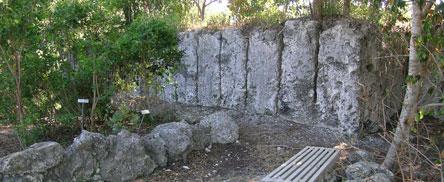
Corals build their skeletons by extracting calcium and carbonate ions from seawater, incorporating various trace elements and isotopes in the process. These chemical constituents vary in their proportions depending on environmental conditions, creating a chemical signature that scientists can decode. For example, the ratio of strontium to calcium in coral skeletons correlates strongly with water temperature at the time of formation, allowing researchers to reconstruct ancient sea surface temperatures with remarkable precision. Oxygen isotope ratios (18O/16O) in coral skeletons reflect both temperature and salinity conditions, providing insights into regional precipitation patterns and oceanic circulation. Carbon isotopes (13C/12C) can indicate productivity levels and carbon cycle dynamics. By carefully analyzing these chemical signatures using mass spectrometry and other advanced techniques, paleoclimatologists can develop detailed records of environmental conditions stretching back millions of years.
Growth Bands: The Coral Timeline
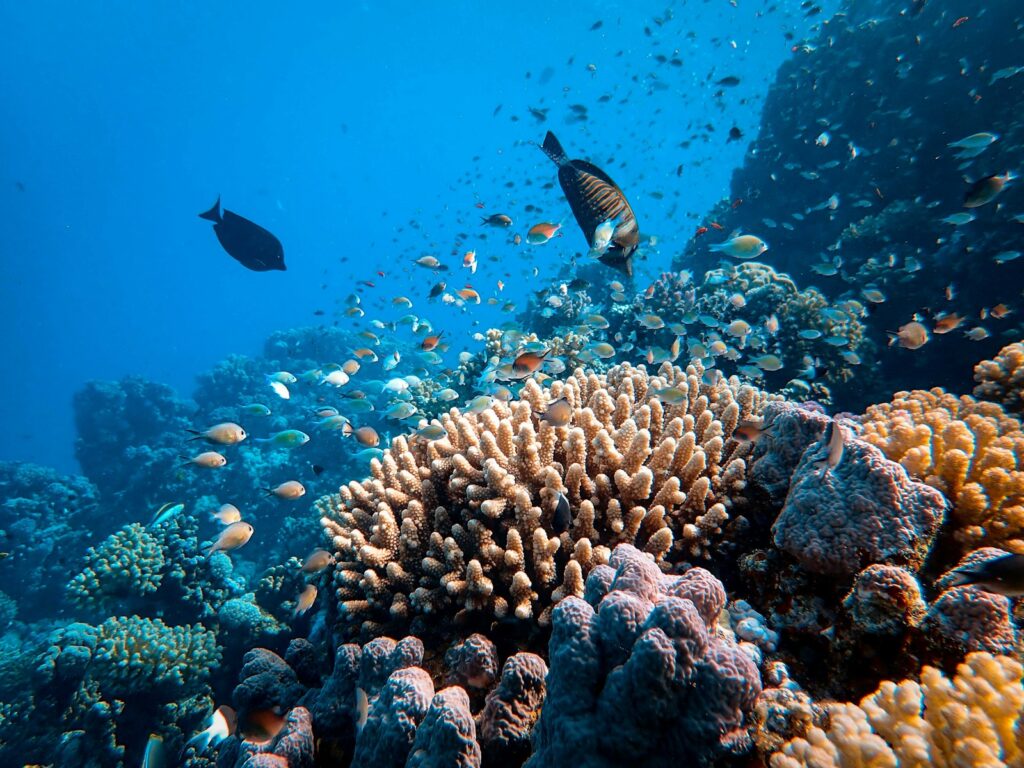
Many coral species produce distinct growth bands similar to tree rings, creating a chronological record that scientists can use to date past climate events with impressive accuracy. These bands typically form on annual cycles as corals deposit denser skeletal material during certain seasons, creating alternating light and dark bands that can be counted to establish age. In some well-preserved fossil specimens, even monthly growth patterns remain visible, allowing for seasonal climate reconstruction. The width of these growth bands often correlates with environmental conditions – wider bands typically indicate favorable growth conditions, while narrower bands may signal stress periods like temperature extremes or reduced light availability. By measuring these growth patterns in fossilized reefs, researchers can not only determine when certain climate events occurred but also assess their duration and intensity, creating a high-resolution timeline of Earth’s climate history.
Ancient Sea Level Fluctuations Recorded in Reef Structures

Coral reefs are exquisitely sensitive to sea level changes, as most reef-building corals require specific depth conditions to thrive. This sensitivity makes fossilized reefs excellent indicators of past sea level positions. When sea levels rise, corals typically grow upward and outward to maintain their optimal position in the water column, leaving distinctive growth patterns that scientists can identify in fossil records. During periods of sea level fall, portions of reefs may become exposed and die, creating unconformities in the reef structure. By examining the vertical positions of fossil reefs and identifying these growth patterns and discontinuities, geologists can reconstruct ancient shorelines and chart the timing and magnitude of sea level fluctuations throughout Earth’s history. These records have been particularly valuable in understanding the extent of sea level changes during glacial-interglacial cycles of the Pleistocene epoch and earlier periods of extreme climate change.
The Great Barrier Reef’s Ancient Predecessors
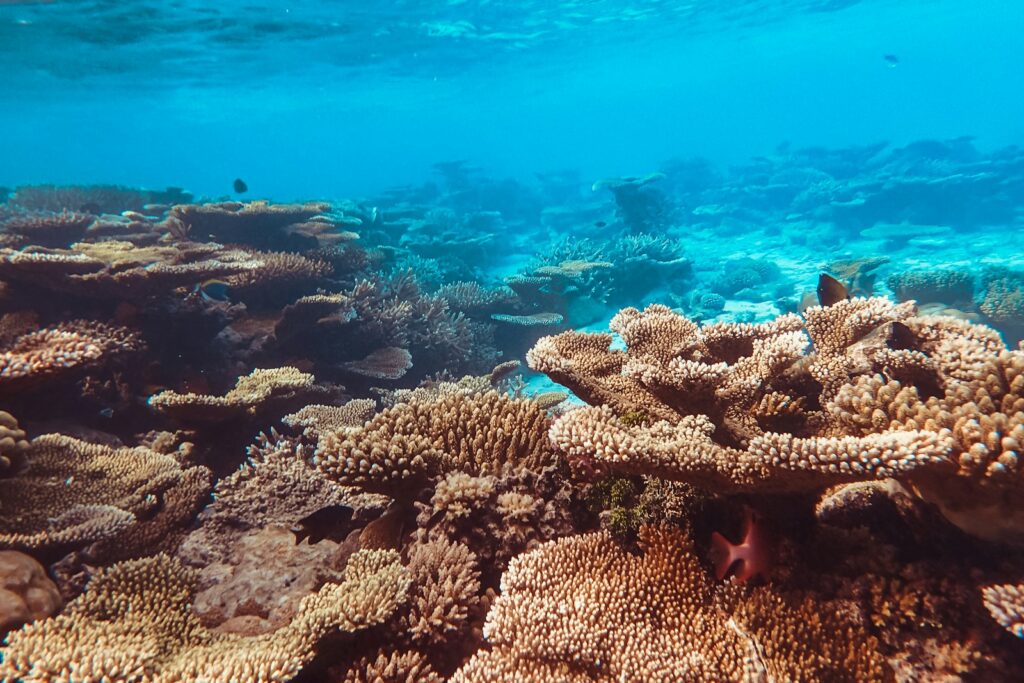
Long before Australia’s Great Barrier Reef began forming approximately 500,000 years ago, earlier reef systems occupied the same region, leaving behind fossil evidence that provides insights into the area’s environmental history. Drilling projects on the continental shelf of Queensland have revealed multiple ancient reef structures buried beneath the modern reef, with the oldest dating back over 600,000 years. These successive reef systems have formed, died, and reformed in response to major sea level fluctuations associated with glacial-interglacial cycles. During glacial periods when sea levels dropped by up to 120 meters, the shelf was exposed, killing existing reefs. As ice sheets melted and seas rose again during interglacial periods, new reef systems established themselves on the remains of their predecessors. This pattern of death and rebirth, recorded in the layered fossil record, demonstrates the remarkable resilience of reef ecosystems over geological timescales while also highlighting their vulnerability to rapid environmental changes.
Coral Extinctions and Ancient Climate Catastrophes
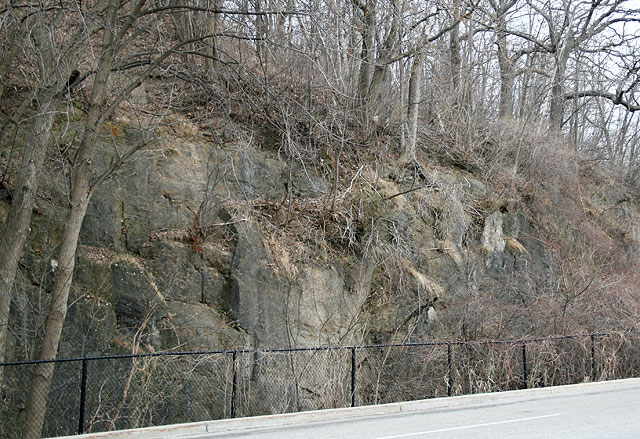
The fossil record reveals several major coral extinction events that coincide with episodes of extreme climate change, offering sobering parallels to modern concerns about reef survival. Perhaps the most dramatic of these occurred during the Permian-Triassic mass extinction approximately 252 million years ago, when up to 96% of marine species disappeared. This “Great Dying” coincided with rapid warming, ocean acidification, and anoxic conditions triggered by massive volcanic eruptions – conditions disturbingly similar to those developing in today’s oceans. Fossilized reefs from this period show evidence of calcium carbonate dissolution, stunted growth, and eventual ecosystem collapse. Recovery was remarkably slow, with complex reef ecosystems taking millions of years to re-establish. Similar patterns appear in the fossil record following other hyperthermal events, such as the Paleocene-Eocene Thermal Maximum approximately 56 million years ago, suggesting that coral reef ecosystems have specific vulnerability thresholds that, once crossed, lead to collapse rather than adaptation.
Reconstructing Ancient Ocean Temperatures from Coral Fossils

The chemical composition of coral skeletons provides one of the most reliable methods for reconstructing past sea surface temperatures, offering temperature records with seasonal or even monthly resolution. The ratio of strontium to calcium (Sr/Ca) in coral aragonite varies inversely with water temperature, allowing scientists to calculate precise temperature values from well-preserved fossil specimens. Similarly, magnesium to calcium ratios (Mg/Ca) also correlate with temperature, providing an additional verification method. Oxygen isotope ratios, while affected by both temperature and salinity, can be used in conjunction with Sr/Ca data to isolate temperature signals. By applying these geochemical techniques to fossil corals from different geological periods, researchers have tracked temperature fluctuations across time scales ranging from seasonal variations to multi-million-year trends. These reconstructions have revealed that tropical sea surface temperatures have varied by as much as 5-6°C during major climate transitions, with rates of change typically occurring over thousands to tens of thousands of years, far slower than the rapid warming observed in modern oceans.
Ocean Acidification Events in the Fossil Record
-Uplifted_coral_reef_forest_ecosystem-1024x619.jpg)
One of the most concerning aspects of modern climate change is ocean acidification – the decrease in seawater pH caused by increasing atmospheric CO₂ levels. Fossilized reefs provide critical evidence of how coral ecosystems responded to similar acidification events in Earth’s past. During periods of elevated atmospheric CO₂, such as the Paleocene-Eocene Thermal Maximum, fossil evidence shows distinctive changes in coral skeletal structures, including reduced calcification rates, thinner skeletal elements, and less complex colony formations. These adaptations appear to represent stress responses to more acidic ocean conditions that made calcification more energetically costly. Particularly telling are “reef gaps” in the fossil record – periods when reef-building corals nearly disappeared globally, replaced by other marine organisms less dependent on aragonite skeletons. The fossil record suggests that recovery from major acidification events typically required tens to hundreds of thousands of years, raising concerns about whether modern corals can adapt to current acidification rates that are occurring roughly ten times faster than any natural event in the past 65 million years.
Ancient Reefs as Biodiversity Time Capsules
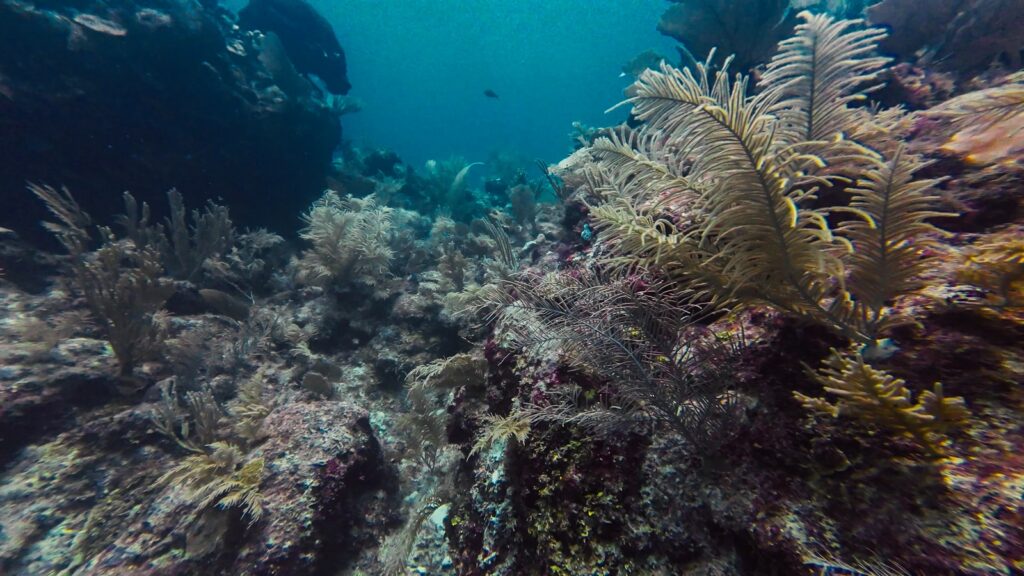
Beyond their value as climate archives, fossilized coral reefs preserve evidence of ancient marine biodiversity, allowing scientists to track how reef ecosystems responded to changing climate conditions over millions of years. Well-preserved fossil reef systems can contain thousands of species, from the coral architects themselves to the fishes, mollusks, echinoderms, and other organisms that inhabited these underwater cities. By documenting changes in species composition across climate transitions, paleontologists have identified patterns of ecological succession, extinction, and recovery that provide crucial context for understanding modern reef vulnerability. These fossil assemblages reveal that reef ecosystems have historically responded to climate stress through compositional changes, with certain coral species and symbiotic relationships proving more resilient than others. During warming events, for instance, fossil evidence shows shifts toward more heat-tolerant coral species and algal symbionts, while cooling periods favored different taxonomic groups. These historical patterns help scientists predict which modern coral lineages might prove most adaptable to contemporary climate change.
Fossil Coral Reefs and Carbon Cycle Dynamics

Coral reefs play a significant role in the global carbon cycle, and their fossil remains help scientists understand how this cycle has operated throughout Earth’s history. As corals build their calcium carbonate skeletons, they lock away carbon that might otherwise exist as atmospheric CO₂, effectively serving as carbon sinks. The size, distribution, and growth rates of ancient reef systems, therefore, provide insights into past carbon sequestration and its relationship to climate stability. During periods of extensive reef development, such as the mid-Cretaceous when shallow seas covered much of what is now the continental interior, enhanced carbon burial in reef structures may have helped moderate atmospheric CO₂ levels. Conversely, mass reef die-offs, like those associated with major extinction events, would have reduced this carbon sequestration capacity, potentially amplifying climate change. By mapping the global extent of fossil reef systems through time and calculating their carbon storage capacity, researchers can better understand the complex feedbacks between reef ecosystems, the carbon cycle, and climate regulation throughout Earth’s history.
Using Paleoclimate Data to Calibrate Climate Models

The climate information preserved in fossil coral reefs serves a critical function in validating and improving the computer models scientists use to predict future climate change. These sophisticated climate models are built primarily on our understanding of physical and chemical processes, but they require real-world data to confirm their accuracy. By testing whether models can correctly simulate known climate conditions from the past – conditions recorded in fossil corals and other paleoclimate proxies – scientists can assess model reliability and refine their parameters. For example, models that successfully reproduce the warming patterns recorded in fossil corals from the Pliocene epoch (approximately 3 million years ago, when atmospheric CO₂ levels were similar to today’s) gain credibility for their projections of future warming. Instances where models fail to match paleoclimate records highlight knowledge gaps or incorrect assumptions that researchers can then address. This iterative process of model testing against paleoclimate data, including the rich record preserved in fossil reefs, has substantially improved our ability to project future climate trajectories and their impacts on modern reef ecosystems.
Lessons from the Past: What Ancient Reefs Tell Us About Reef Resilience

Perhaps the most valuable insight from fossilized coral reefs is what they reveal about the conditions that either promote or undermine reef resilience during climate transitions. The fossil record shows that reef ecosystems have survived numerous climate perturbations over hundreds of millions of years, but their responses have varied dramatically depending on the rate and magnitude of environmental change. When climate shifts occurred gradually, over thousands to tens of thousands of years, coral communities typically adapted through species composition changes, geographic migration to more favorable conditions, or evolutionary adaptations. However, during abrupt climate events – particularly those involving simultaneous stressors like warming, acidification, and deoxygenation – fossil evidence shows catastrophic reef collapses followed by prolonged recovery periods. The key variable appears to be the rate of change relative to coral adaptation potential. This historical perspective suggests that while reef ecosystems possess inherent resilience, the unprecedented speed of anthropogenic climate change may be outpacing corals’ adaptive capacity, creating conditions more similar to past extinction events than to successful adaptation periods.
The Future Written in Stone: Applying Paleoclimate Insights to Modern Conservation

The detailed climate history preserved in fossil coral reefs is increasingly informing conservation strategies for modern reefs facing anthropogenic threats. By identifying which coral species and reef structures showed greatest resilience during past climate perturbations, conservationists can prioritize protection efforts toward potentially more adaptable reef systems. Paleoclimate data from fossil reefs have helped establish the environmental thresholds beyond which historical reef systems collapsed, providing science-based targets for climate mitigation efforts. For instance, evidence from the last interglacial period, approximately 125,000 years ago, when global temperatures were slightly warmer than today, shows significant reef community changes but not wholesale collapse, suggesting that limiting warming to similar levels might preserve reef functionality. Conservation initiatives like assisted evolution and selective breeding programs for climate-resistant corals draw directly on paleontological insights about which coral traits conferred resilience during past warming events. By learning from the successes and failures of ancient reef systems as recorded in the fossil record, modern conservation biology gains a long-term perspective essential for developing effective protection strategies in an increasingly warming world.
Conclusion

The study of fossilized coral reefs offers an extraordinary window into Earth’s climate history, providing crucial context for understanding our current climate crisis. These ancient marine structures reveal that coral reef ecosystems have experienced numerous climate shifts throughout their 500-million-year evolutionary history, sometimes thriving and sometimes collapsing depending on the nature and pace of environmental change. What makes current climate change particularly threatening is its unprecedented rate – modern corals face changes occurring over decades that historically took thousands of years, severely challenging their adaptive capabilities. Yet the fossil record also offers hope, demonstrating the remarkable resilience of reef ecosystems over geological time scales and identifying the conditions that have allowed past recovery. As we work to preserve today’s endangered reefs, the lessons encoded in their fossilized ancestors may prove essential to developing effective conservation strategies that give these magnificent ecosystems the best chance of surviving humanity’s greatest environmental challenge.



